Product placement in movies has become a subtle yet powerful way for brands to connect with audiences. Rather than interrupting the flow of a film with traditional ads, brands are integrated into the story, enhancing the setting or character development while gaining exposure to millions of viewers. From luxury cars zooming through action-packed scenes to
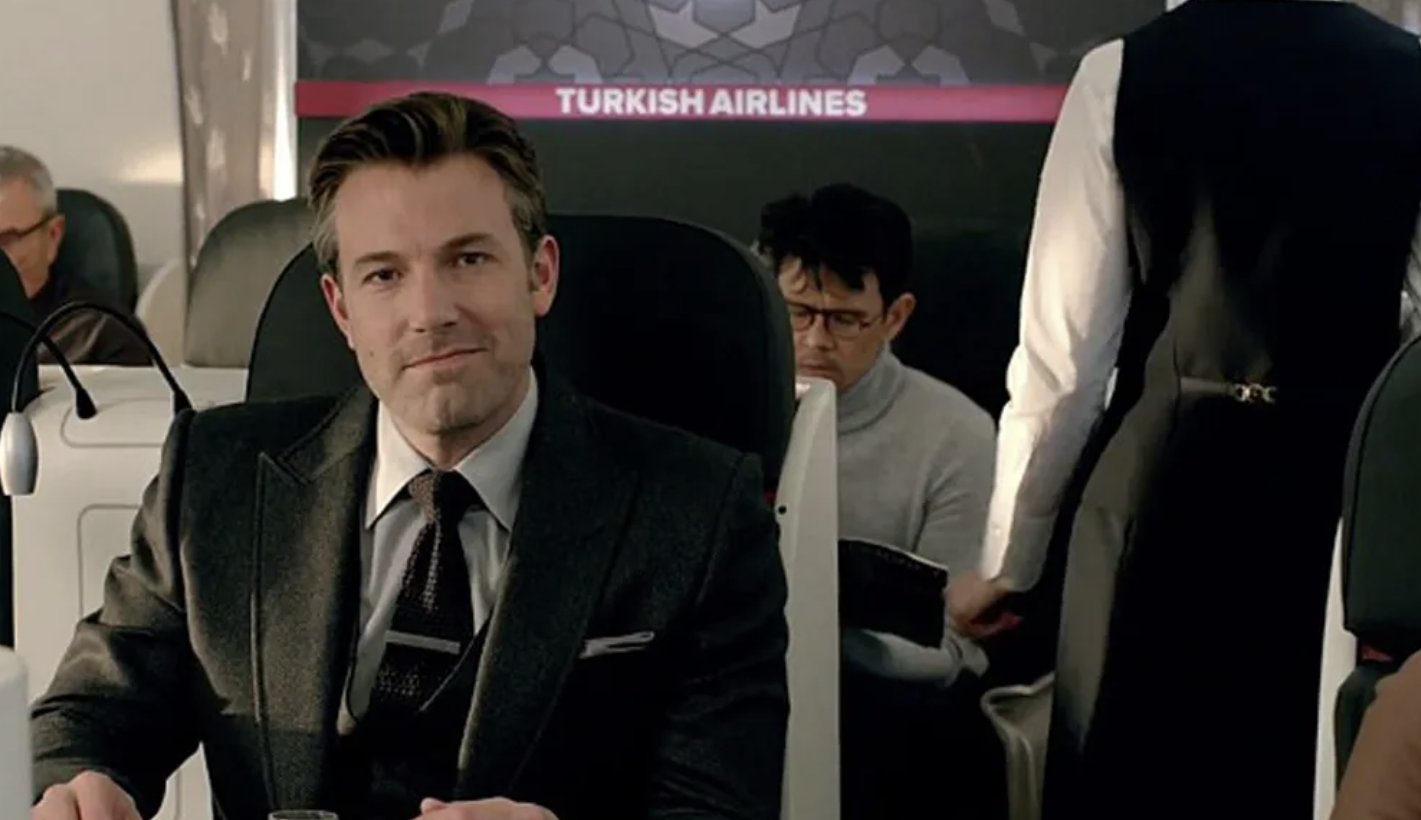
Product placement in movies has become a subtle yet powerful way for brands to connect with audiences. Rather than interrupting the flow of a film with traditional ads, brands are integrated into the story, enhancing the setting or character development while gaining exposure to millions of viewers. From luxury cars zooming through action-packed scenes to a hero applying makeup in a transformative moment, these placements drive consumer awareness in a way few other advertising methods can match.
Let’s take a closer look at how product placement has worked across different industries, with some standout examples.
Cars: Power, Luxury, and Style
Cars have always played a major role in product placement, especially in action-packed blockbusters. They do more than serve as props; they often symbolize power, sophistication, and even the personality of the character.
- BMW in Mission: Impossible: In Mission: Impossible – Ghost Protocol, the BMW i8 debuted with style, perfectly matching the high-tech, fast-paced atmosphere of the film. The car’s sleek design mirrored Ethan Hunt’s precision and agility, reinforcing BMW’s reputation for luxury and innovation.
- Audi in the Marvel Universe: Audi’s partnership with Tony Stark, aka Iron Man, is a brilliant example of product placement. The Audi R8 was more than just a car; it reflected Stark’s bold, stylish, and futuristic personality. This collaboration carried on throughout the Marvel Cinematic Universe, cementing Audi’s association with cutting-edge technology and high-end appeal.
- Aston Martin in James Bond: The Aston Martin DB5 has become as iconic as James Bond himself, appearing in several films over the decades. This car symbolizes sophistication and precision, reflecting Bond’s suave and calculated nature.
Car brands in superhero films not only drive storylines but also increase brand appeal. Seeing a favorite superhero with a specific car often leads audiences to associate that vehicle with strength, success, and power.
Fashion: Dressing Characters for Impact
In movies, fashion is not just about clothes—it’s about making a statement. Luxury brands use fashion placements to convey wealth, status, or character traits, turning these items into cultural symbols.
- Chanel in Barbie: In the 2023 Barbie movie, Chanel played a key role in defining Barbie’s world. Margot Robbie’s pastel Chanel suits and accessories were more than just outfits—they were integral to creating the aspirational vibe of Barbie’s character. Chanel’s collaboration brought the brand into a new era, appealing to both long-time fans and a younger audience.
- Manolo Blahnik in Sex and the City: Carrie Bradshaw’s love for Manolo Blahnik shoes turned the brand into a cultural icon. Whether it was her famous “something blue” heels or her constant mentions of Manolos, the brand became linked with empowerment, indulgence, and luxury.
Fashion product placement is a powerful tool for making brands unforgettable, as these pieces often become as iconic as the characters themselves.
Beauty: Transforming Characters with Makeup
Beauty products often appear in pivotal moments, highlighting a character’s transformation or solidifying their identity. These placements help make beauty brands both relatable and aspirational.
- Clinique in Legally Blonde: Elle Woods’ rise from underestimated sorority girl to Harvard law student was marked by her use of Clinique makeup. Her vibrant pink gloss and flawless aesthetic became synonymous with her unique personality, making Clinique a sought-after brand.
- Revlon in How to Lose a Guy in 10 Days: In How to Lose a Guy in 10 Days, Kate Hudson’s character, Andie, embodied the approachable elegance of Revlon’s products, including their makeup and nail polish. The brand’s focus on beauty and style perfectly matched her character’s lifestyle.
- Chanel No. 5 in The Great Gatsby: The iconic fragrance was an essential part of Daisy Buchanan’s luxurious persona, adding sophistication and allure to the character’s story.
Beauty placements in films elevate makeup and fragrance products to symbols of transformation and empowerment, making them much more than just tools—they become integral to the narrative.
Technology: Innovating Through the Screen
In today’s world, tech brands use movies to showcase their cutting-edge products. These devices aren’t just props—they often help drive the plot or solve problems, becoming integral to the story.
- Sony in James Bond: Sony’s products, like laptops and smartphones, were frequently featured in Daniel Craig’s Bond films. Their sleek design and innovative features aligned perfectly with Bond’s character as a high-tech, resourceful spy.
- Apple in Knives Out and The Martian: Apple products often appear in films as symbols of creativity and modernity. Interestingly, Apple has strict guidelines for product placement, allowing only protagonists or positive characters to use their devices, which reinforces their association with innovation and trust.
- Nokia in The Matrix: The Nokia 8110 “banana phone” became a piece of tech history thanks to its appearance in The Matrix, adding to the film’s futuristic vibe.
- Beats by Dre in Straight Outta Compton: Beats headphones made multiple appearances in Straight Outta Compton, perfectly aligning with the film’s music-focused narrative.
Tech products in films become symbols of problem-solving and innovation, positioning brands as essential to the narrative.
Alcohol: Setting the Tone with the Right Drink
Alcohol brands often add atmosphere to a scene, reinforcing mood and character development. These placements evoke emotions and add to the storytelling.
- Busch in Fight Club: The bear in the chaotic scenes of Fight Club aligned with the film’s themes of rebellion and anti-establishment sentiment, becoming a symbol of destruction.
- Jack Daniel’s in Basic Instinct: In this thriller, Jack Daniel’s played a role in enhancing the film’s dark, seductive tone, aligning the brand with indulgence and mystery.
Alcohol placements contribute to storytelling by linking brands with moods like luxury, rebellion, or celebration, often adding to the emotional weight of the scene.
Food and Beverages: Everyday Connections
Food and beverage placements help ground a film in reality, making it relatable and familiar to viewers.
- Coca-Cola in The Godfather: The Coca-Cola sign in a key scene didn’t just establish the setting—it became a symbol of American culture, seamlessly integrating the brand into the film’s world.
- Pepsi in Wayne’s World: Wayne’s World used Pepsi in a humorous and exaggerated product placement gag, mixing satire with effective advertising that left a lasting impression on audiences.
- Reese’s Pieces in E.T.: The use of Reese’s Pieces helped Elliot bond with E.T., turning the candy into an unforgettable part of the film’s storyline and leading to a boost in sales.
Food and beverage placements tie brands to moments of nostalgia and everyday life, helping audiences connect with the characters on screen.
The Impact of Product Placement
Product placement works best when it feels natural and integrated into the story, enhancing the narrative rather than distracting from it. Whether it’s a luxury car, a signature lipstick, or a popular snack, these placements become memorable by associating brands with iconic cinematic moments. Over time, these brands continue to resonate with audiences because their presence in films creates a lasting emotional connection. Product placements are more than just marketing—they are a reflection of the era, fashion, and technology of the time.
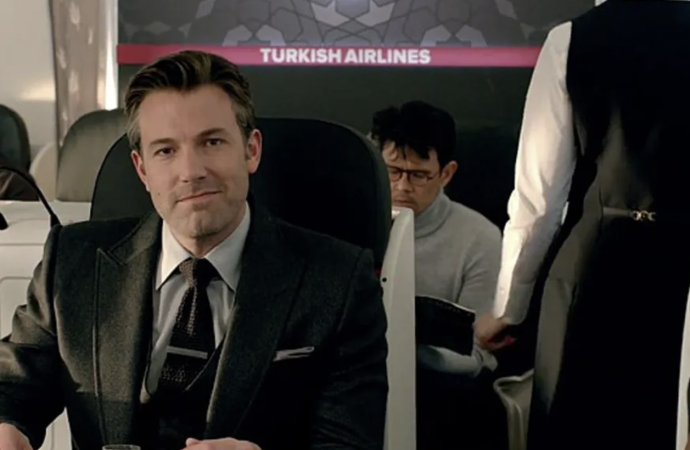
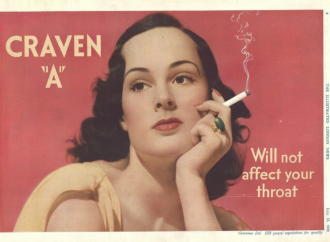



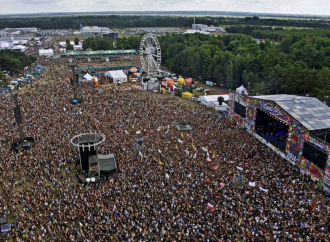
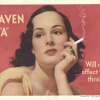








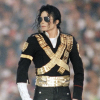
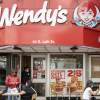
Leave a Comment
Your email address will not be published. Required fields are marked with *